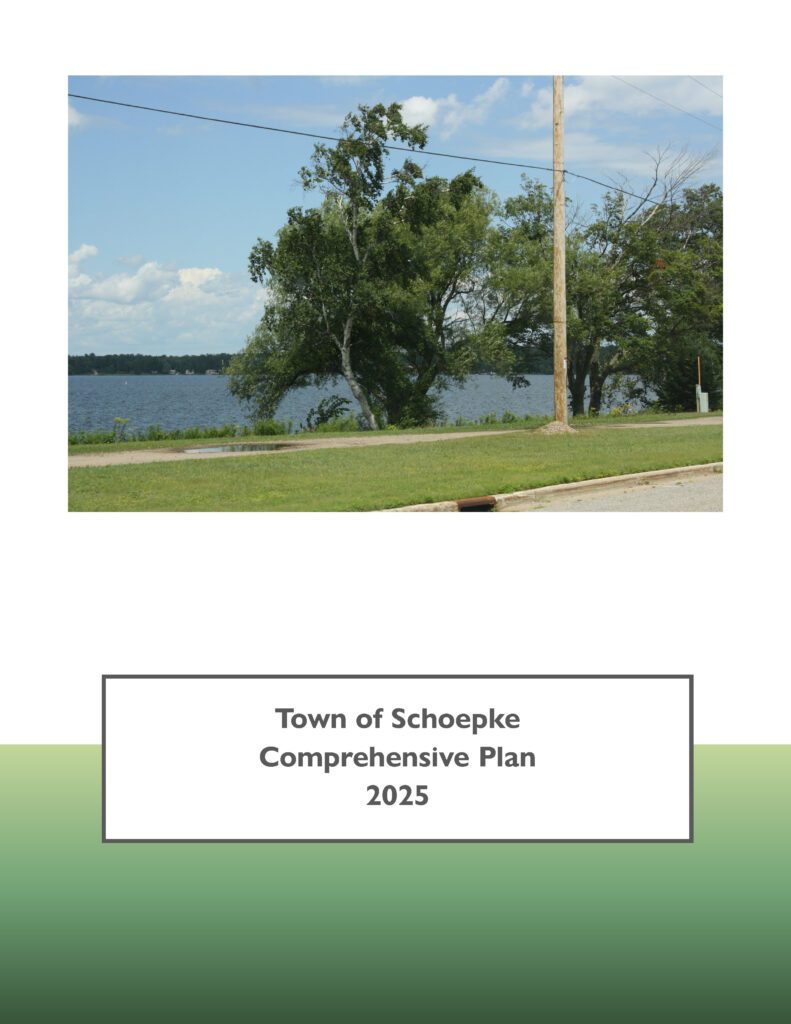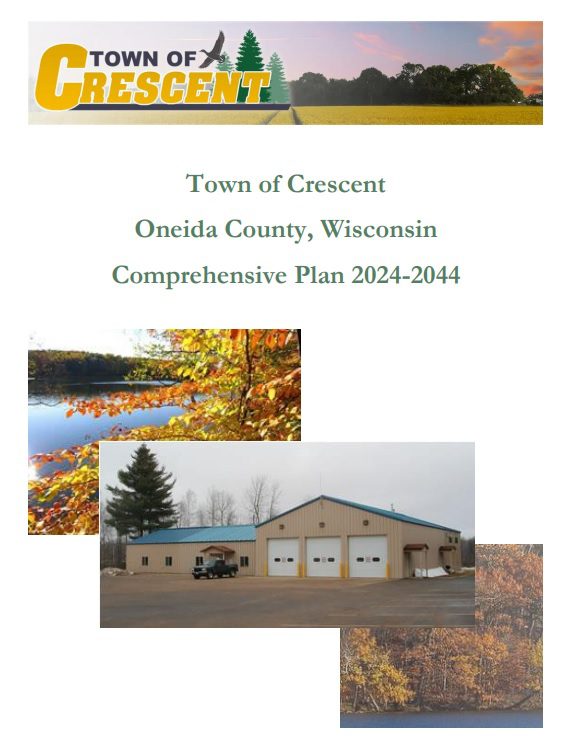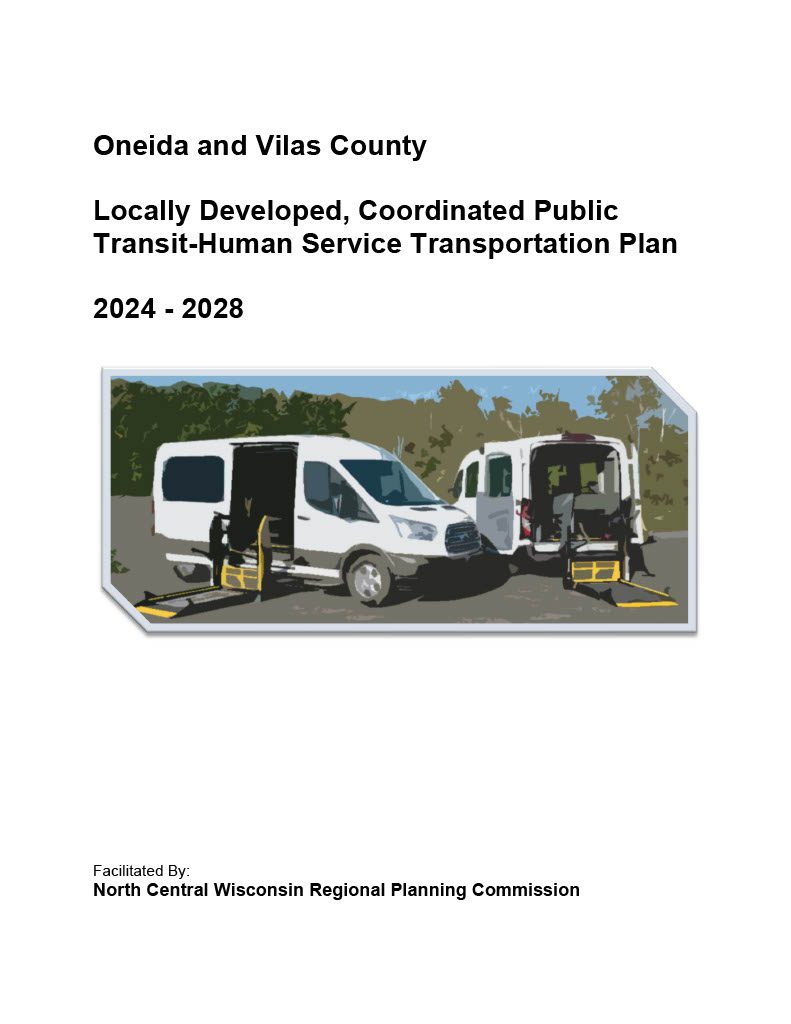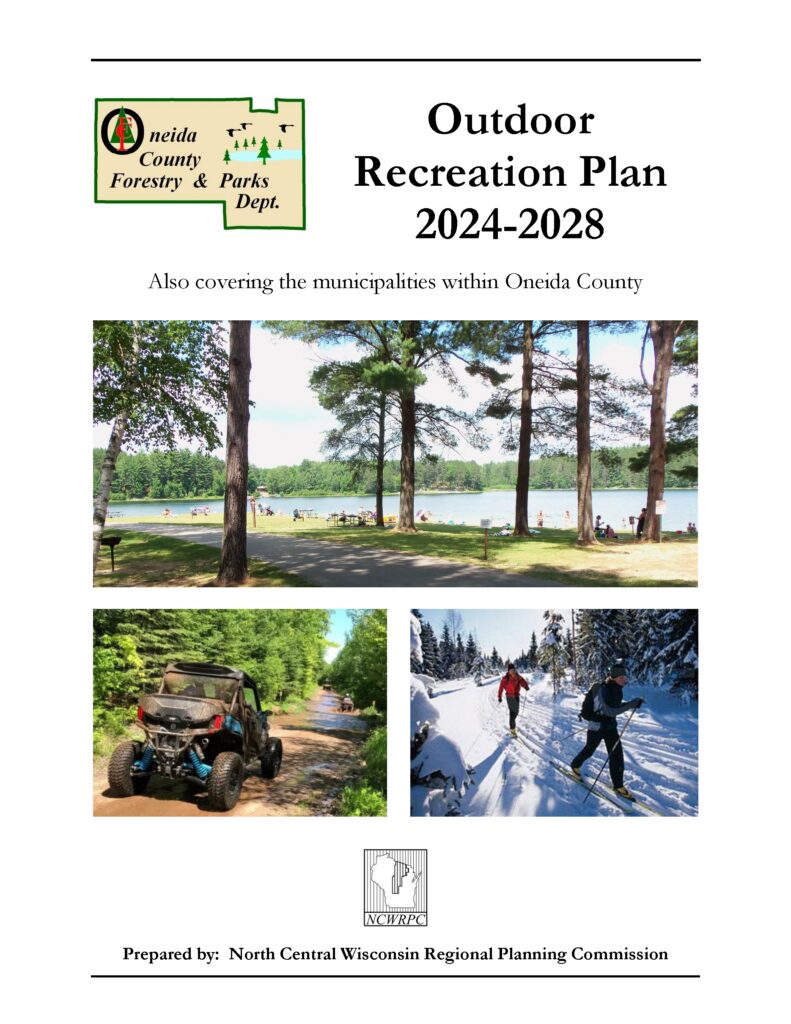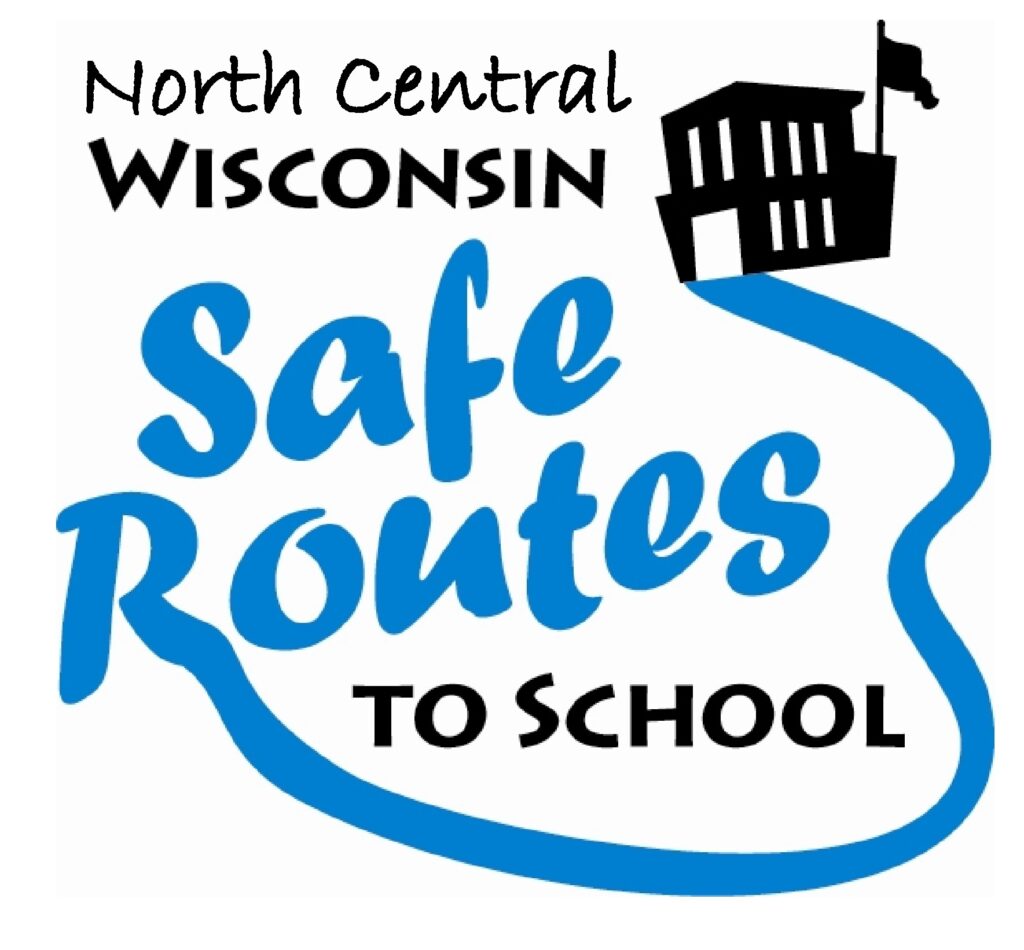
Safe Routes to School (SRTS) programs are an opportunity to make walking and bicycling to school safer for children in grades K-8, and to increase the number of children who choose to walk and bicycle. On a broader level, SRTS programs can enhance children’s health and well-being, ease traffic congestion near the school, and improve community members’ overall quality of life.
Planning Process
In 2022, the North Central Wisconsin Regional Planning Commission and the School District of Rhinelander won a WisDOT SRTS planning grant to create a SRTS Plan for several schools in the District. In the fall of 2023, the City and District began SRTS Planning with the assistance of the North Central Wisconsin Regional Planning Commission (NCWRPC). The NCWRPC guided the Rhinelander SRTS Task Force through the planning process.
The following schools are part of Rhinelander SRTS Planning:
James Williams Middle School
Central Elementary
Crescent Elementary
Northwoods Community Elementary
Pelican Elementary
Rhinelander SRTS Task Force
Robert Thom, Director of Business Services, School District of Rhinelander
Kyle Raleigh, Principal, James Williams Middle School
Paul Johnson, Principal, Central Elementary
Alex Bontz, Principal, Crescent Elementary
Gayle Daniel, Principal, Northwoods Community Elementary
Candice Cook, Principal, Pelican Elementary
Lloyd J. Gauthier, Jr., Chief, Rhinelander Police Department
Patrick Reagan, Rhinelander City Administrator & Dept. of Public Works Director
Fred Heider, AICP, Planner, North Central Wisconsin Regional Planning Commission
School Data
James Williams Middle School
Parent Survey Results
Map 3A – Site Assessment
Map 4A – Transportation
Map 5A – School Routes
Map 6A – Recommendations (Not available yet.)
-Elementary School Parent Survey AGGREGATE Results (All elementary school parent surveys were tabulated together in this report.)
Central Elementary
-Parent Survey Results
Map 3B – Site Assessment (Not available yet.)
Map 4B – Transportation
Map 5B – School Routes
Map 6B – Recommendations (Not available yet.)
Crescent Elementary
-Parent Survey Results
Map 3C – Site Assessment (Not available yet.)
Map 4C – Transportation
Map 5C – School Routes
Map 6C – Recommendations (Not available yet.)
Northwoods Community Elementary
-Parent Survey Results
Map 3D – Site Assessment (Not available yet.)
Map 4D – Transportation
Map 5D – School Routes
Map 6D – Recommendations (Not available yet.)
Pelican Elementary
-Parent Survey Results
Map 3E – Site Assessment (Not available yet.)
Map 4E – Transportation
Map 5E – School Routes
Map 6E – Recommendations (Not available yet.)
Make questions or comments about the planning here.
(Email link to submit comments on this plan.)
